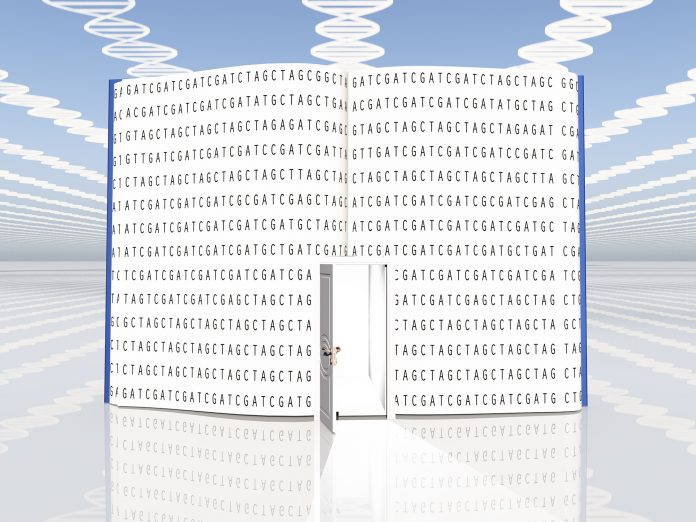
Researchers based at the University of Cambridge, using data from the UK Biobank, have identified 15 genomic loci for loneliness and 37 other loci for regular participation in social activities ranging from hitting the gym to attending religious services, according to a study published this week.
The trio of researchers also reported a causal association between obesity and loneliness and symptoms for depression in the study, “Elucidating the genetic basis of social interaction and isolation,” published in Nature Communications.
“Our findings highlight the specific genetic basis for social isolation and social interaction. We find evidence for shared genetic effects across social traits, in addition to more specific pathways that drive engagement in particular activities,” the researchers reported. “Our findings also suggest a causal relationship between cardio-metabolic health and social isolation/mental health, an observation which warrants further investigation using other experimental approaches.”
John R.B. Perry, Ph.D., and colleagues at the Cambridge-based Medical Research Council (MRC) Epidemiology Unit performed genome-wide association study (GWAS) analyses for loneliness and regular participation in social activities, using data from up to 452,302 participants in the UK Biobank. The Biobank is a nonprofit charity that has collected blood, urine and saliva samples from adult volunteers between ages 40 and 69 who were recruited between 2006 and 2010.
Using multi-trait analysis of GWAS (MTAG) software to combine three GWAS datasets on perceived loneliness, living alone, and ability to confide, the researchers increased the effective sample size of the primary loneliness variable from 445,024 to 487,647.
“By integrating gene expression and epigenetic data we sought to identify the relevant cell/tissue types implicated in the regulation of loneliness,” the researchers explained. “We observed enrichment of association signals in regions surrounding genes that are preferentially expressed in several brain tissues (e.g., cerebellum, basal ganglia, and cortex), in addition to enrichment for several epigenetic marks also in the basal ganglia, cortex and foetal brain.”
Dr. Perry and colleagues next identified individual genes implicated by associated expression quantitative trait loci (eQTL) effects in brain tissues studied by the Genotype-Tissue Expression (GTEx) Program, which established a data resource and tissue bank to study the relationship between genetic variation and gene expression across 53 human tissues. The researchers identified 8 gene transcripts whose expression levels they putatively linked to loneliness susceptibility (GPX1, C1QTNF4, C17orf58, MTCH2, BPTF, RP11-159N11.4, CRHR1-IT1 and PLEKHM1).
The study also found a positive correlation between adult body mass index and loneliness, as well as trait-specific patterns of genetic correlations with other outcomes. Eighteen loci were associated with regular participation in religious groups, another 13 with regular pub or social club attendance, and six with regular visits to a gym or sports club.
“Across these traits there was strong enrichment for genes expressed in brain regions that control emotional expression and behavior,” the researchers observed. “Further study of these traits may identify novel modifiable risk factors associated with social withdrawal and isolation.”
Dr. Perry is co-leader of the Growth and Development Programme at the MRC Epidemiology Unit, a department within the University of Cambridge's School of Clinical Medicine. The Unit studies the genetic, developmental, and environmental determinants of obesity, type 2 diabetes and related metabolic disorders, with the goal of contributing to prevention of these disorders.
Biobank was established by the Wellcome Trust, the UK Medical Research Council, the UK Department of Health, the government of Scotland, and the Northwest Regional Development Agency.











